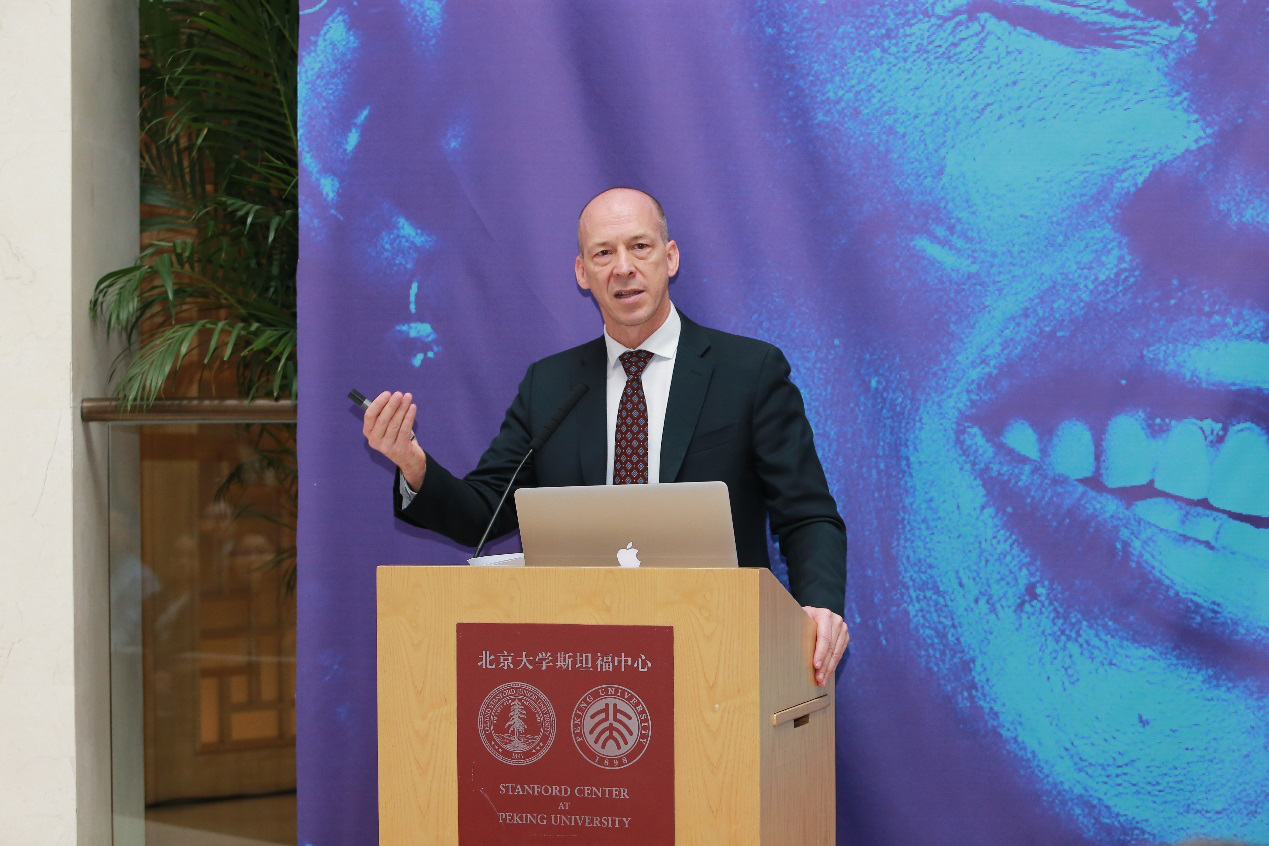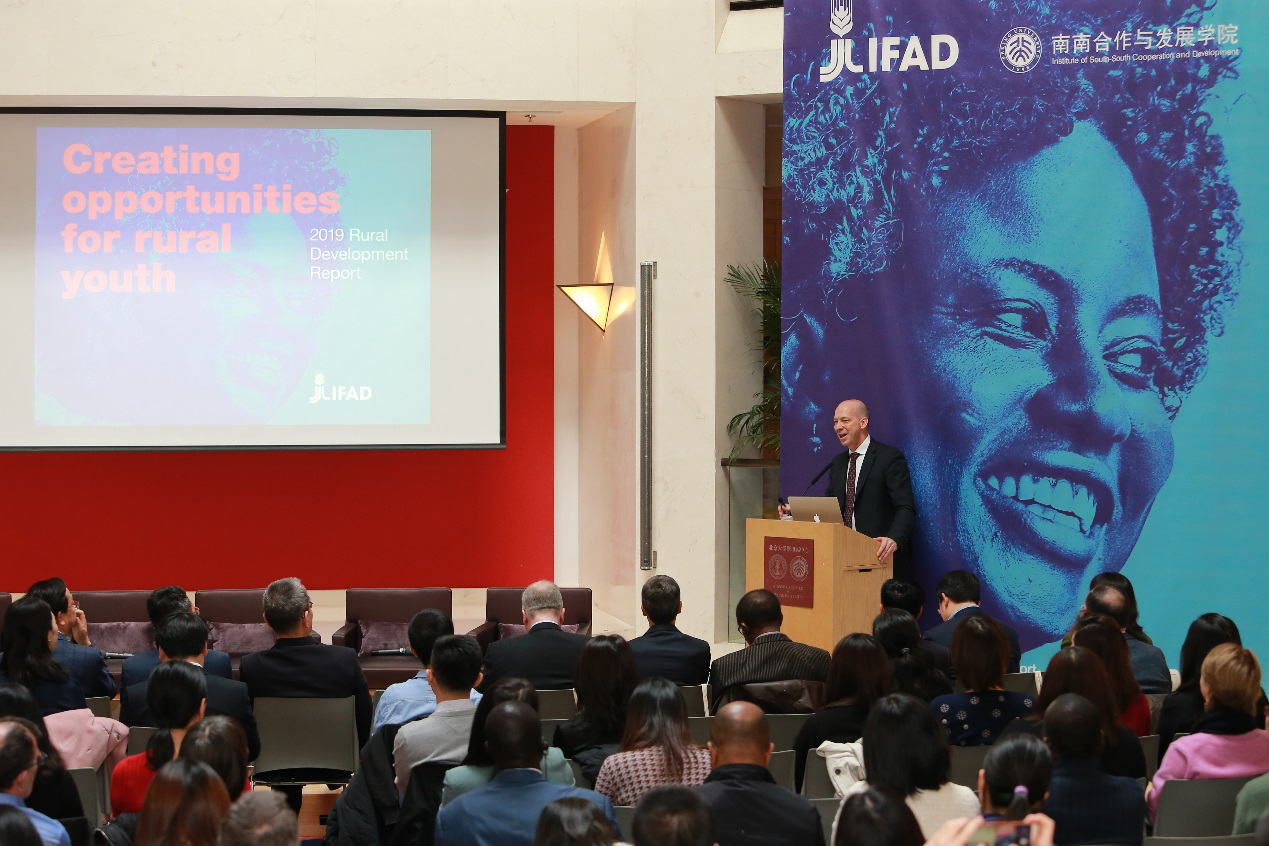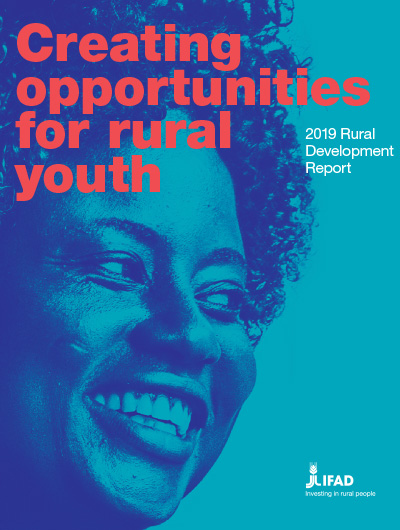IFAD: China contributes a great deal on global poverty alleviation, more opportunities for youth
chinagate.cn by Liu Yizhou,November 27, 2019 Adjust font size:
Intro: China contributes a great deal to poverty alleviation around the world. Young people are a part of this change, and enjoy a huge number of opportunities, said a top official from IFAD on Nov. 15.
China contributes a great deal to poverty alleviation around the world. Young people are a part of this change, and enjoy a huge number of opportunities, said Paul Winters, Associate Vice President of IFAD’s Strategy and Knowledge Department in an exclusive interview with China.org.cn on Nov. 15.

Paul Winters, Associate Vice President, Strategy and Knowledge Department, IFAD [Photo courtesy of IFAD]
“We would not have achieved the Millennium Development Goals without the progress made in China and other East Asian countries. Progress towards the sustainable development goals too is being made because of China,” Winters said.
China aims to eliminate extreme poverty by the end of 2020. Winters pointed out that it is a tremendous achievement to end poverty in such a short period of time. “No other country in history has managed such a thing, and it is a credit to China’s intensive focus on poverty reduction,” he continued. “China has reflected systematically on how to reduce poverty. If many countries in the world had such a strong focus, we would have made a great deal of progress in poverty alleviation.”
Winters disclosed that a part of IFAD’s focus has been on rural development—a critical aspect of poverty alleviation. “The Government’s National Strategic Plan for Rural Revitalization calls for rural rejuvenation and agriculture modernization which we support,” said Winters. “This would certainly contribute to China’s poverty alleviation, but the end of absolute poverty does not mean the task for China is over. China needs to make sure that people living close to the poverty line are resilient and won’t fall back into poverty if a shock occurs,” he added. As such, rural areas should remain a priority even after 2020.
Winters also indicated that China is very pro-active in international agricultural cooperationand global poverty reductionand has provided considerable agricultural assistance to a number of developing countries via various multilateral or bilateral initiatives, South-South and Triangular Cooperation included. “Those of us in the international community who are working in development have an opportunity to help take those lessons from China to other places in a greater partnership with the Chinese government,” he added.

Paul Winters, Associate Vice President, Strategy and Knowledge Department, IFAD, in the China Launching Event of 2019 Rural Development Report [Photo courtesy of IFAD]
IFAD launched its 2019 Rural Development Report—Creating Opportunities for Rural Youth—in Peking University last Friday. It calls on governments in Asia and the Pacific region to invest in rural youth and support the approximately 340 million young people living in the rural areas of this region.
Winters indicated that the primary challenge is the fact that there are so many rural young people in the world, and the speed of increase is faster than in the past. There are 1.2 billion young people, of whom one billion are in developing countries, and of those, 780 million are in rural and semi-rural areas and the peri-urban area. “One of the major challenges we face is what kind of future they have, and what opportunities they will have to get ahead,” he said.
The challenges differ across regions. In many countries in Asia Pacific Region, youth population growth is slowing down. Although they constitute a smaller share of the population, the number is still large. One critical challenge faced by them is market access. In Africa the proportion of young people is relatively high, and this figure will continue to grow. There is an overall challenge on job opportunities, and it is different from the past. “In rural areas, climate change causes big problems with agriculture. Digital technologies represent both opportunities and challenges. And the changes are happening at a faster rate than 20, 30 years ago, which have created more challenges,” said Winters.
Echoing the words in the report “Asia-Pacific Region is the center of rural youth challenge,” Winters said that China is the country with the highest number of rural youth, almost 76 million. The large rural youth can make great contribution to their communities and the country if opportunities are given. He thought China’s rural revitalization strategy has tremendous potential in providing economic opportunities, thereby making rural areas more appealing to young people and potentially encouraging them to stay and to build the future for those areas, for themselves and for the country.

Cover of 2019 Rural Development Report [Photo courtesy of IFAD]
The year of 2020 marks the 40th anniversary of the cooperation between China and IFAD. “China was more of a recipient of IFAD projects than a partner decades ago. Now, China is both a recipient of IFAD’s investments and a significant contributor in terms of financial support and policy engagement. China’s role as a contributor is increasing rapidly, benefiting both IFAD and its members.The expectation as we go forward is greater partnerships at a broader level in China, and support for development in other global south countries,” said Winters.